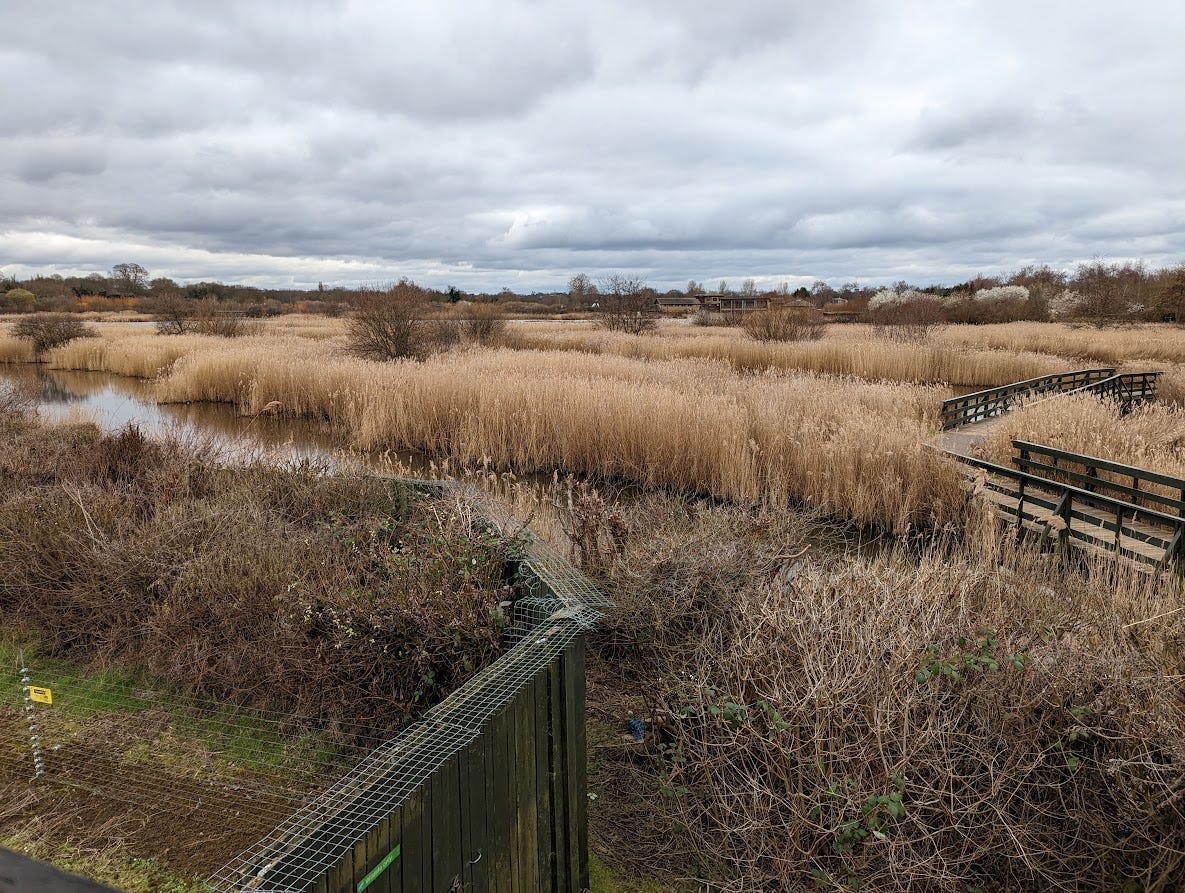Urban Rewilding: WWT Wetlands in Barnes, London - Part II
Our look at the fantastic rewilding project across the river from Central London continues as we examine the habitats they are constructing and the techniques used.
This is the second of our two part series on urban rewilding at one of London’s most important wetland projects. WWT Wetlands have a clear goal in reintroducing wetland environments to west London, and it goes about achieving that with a number of rewilding techniques. With this follow…
Keep reading with a 7-day free trial
Subscribe to LettsSafari+ to keep reading this post and get 7 days of free access to the full post archives.



